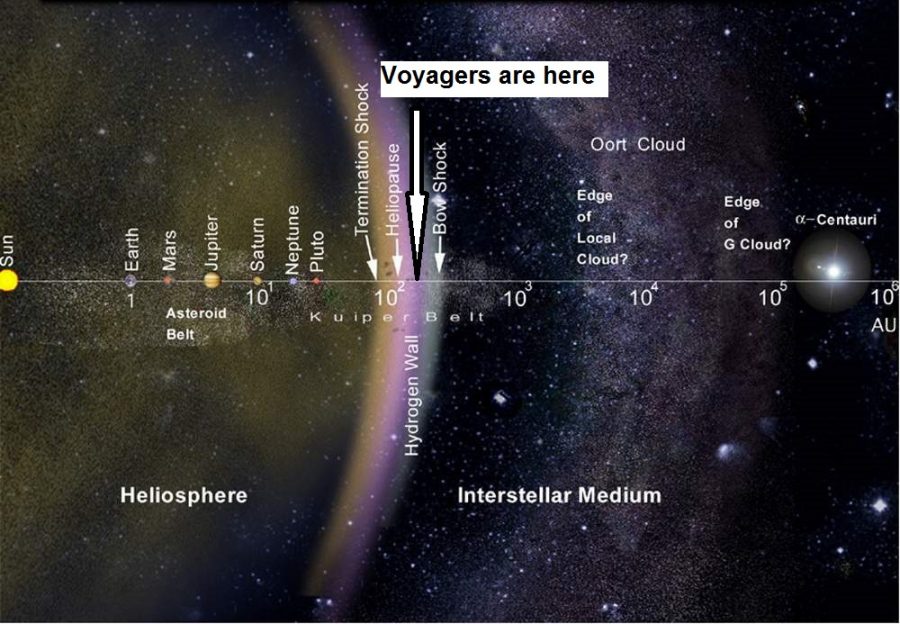NASA’s Voyager 1 Turns On It’s Backup Thrusters After 37 Years
December 11, 2017
After nearly 40 years, NASA turned in the Voyager 1’s backup engines to give it two or three years left to explore the vast universe outside of our solar system.
For the first time since 1980, the Voyager team was able to turn on the formerly dormant Voyager 1 backup engines.
Back in 2012, the Voyager 1 became the first manmade object to interstellar space, meaning it officially left our solar system. Since then, it has been using standard thrusters to keep in contact with earth, but that started to lack, so NASA had to find a new way to stay in touch with the spacecraft. The Voyager team dug up decades old information to learn just exactly how to keep in contact with the Voyager 1.
“Because the spacecraft is 40 years old, and 13 billion miles away,” said NASA writer Elizabeth Landau, “Turning on the backup engines for short bursts of time has made it so the team can fully rely on the backup engines in 2020, and hopefully keep us in contact with it until 2025.”
How does this affect us?
“With the information we receive from spacecrafts such as the Voyagers, we can learn more information about the universe,” said Mike Wall, senior writer from space.com, “As Generation Z becomes the leading innovators in the technology and science worlds, it’s important that we know and understand exactly what’s outside of our universe so that the future generations can hopefully travel through space.”
As we look ahead to the future, NASA has confirmed that the Voyager 2 is going to enter interstellar space along with its sister.
Following the success of the Voyagers, NASA expects that in the year 40,272 the Voyager 1 will be 1.7 light years away from a star in the Little Dipper.






